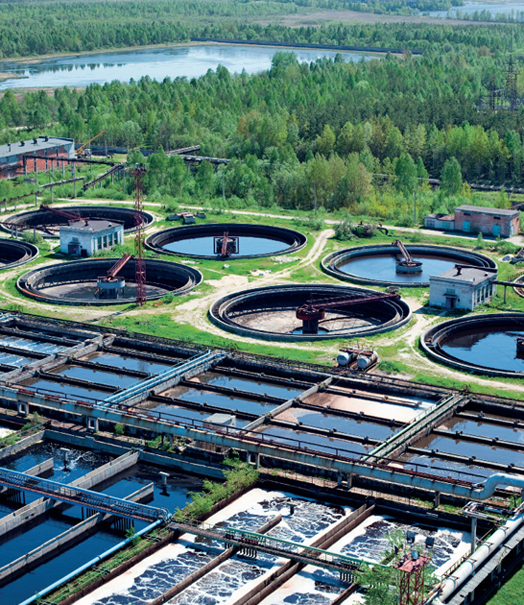1859
Modern Sewer System
Joseph Bazalgette (1819–1891)
Since the time of the Roman Empire, there has been one key engineering marvel that has distinguished civilized cities from uncivilized ones: a sewer system to handle human wastewater. However, until the nineteenth century, many cities still dumped untreated sewage straight into waterways. This changed in 1858 because of the “Great Stink”—a citywide demand from residents of London that Parliament deal with widespread water contamination, and its resulting stench. Chief engineer Joseph Bazalgette, appointed by the Metropolitan Board of Works, proposed a sewerage system that was accepted and implemented beginning in 1859.
Bazalgette’s sewer network has a lot in common with modern sewer systems. A complete sewer system consists of two parts: the pipes that carry sewage away from buildings, and the treatment plant that processes the sewage water before release into the environment.
While the freshwater supply in a city is almost always pressurized with pumps, sewage is almost always a gravity system. The sewage treatment plant is located as low as possible on the terrain, and all of the sewage falls toward it. When there is the occasional need to move sewage uphill, a lift station does the work.
There is a three-stage process at the sewage treatment plant. The first phase removes trash, lets heavy stuff settle out, and skims off grease and oil. The second stage uses an aerated pond or tank to let bacteria eat or precipitate everything it can out of the water. The water is allowed to settle again, and then it goes through a final filtration and disinfection step. In some cities, the effluent from the sewage treatment plant is so clean that it goes right back into the city’s water supply.
Sewage treatment is one process in which engineers have a huge but hidden impact on every city. If the sewer system were to fail, the conditions would soon become atrocious. But because engineers build and keep the systems working almost flawlessly, we take them completely for granted.
SEE ALSO Pompeii (79), Water Treatment (1854), Frozen Pizza (1957), Drip Irrigation (1964).

Water recycling at a contemporary sewage treatment station.